A Lush And Seething Hell
'In a Violent Nature' and impressions of the rural in the campfire slasher
One of the truisms of writing about art is that it’s important to focus on what a piece of work is, and not what we wish it to be. It’s inevitable that we’ll come to an unfamiliar film with expectations, but meeting those expectations is not the artist’s job, and any disappointment therefore needs to be properly framed. “Did the artist achieve what they set out to achieve?” is the criteria that matters. Not “I’m angry because there wasn’t enough eye trauma and boobs”. That being said, if it’s right there in the title of the film… And while director Chris Nash’s In a Violent Nature (2024) didn’t lack for violence, I was disappointed by its lack of nature.
This might sound like wilful perversity. In a Violent Nature’s reputation partly rests on its ‘slow cinema’ credentials. The camera following at a safe distance as a Jason Vorhees-esque serial slasher stalks and murders a bunch of genre-satisfyingly irritating teens. This being a riff on the post Friday the 13th, kids-in-the-wilderness subgenre (henceforth to be referred to as the ‘campfire slasher’) we follow Johnny (our undead Jason stand in) step by heavy step through woodlands and forests, despatching pretty young idiots as he goes, the sounds of birdsong and the crunch of leaves underfoot his only consistent companions. It’s the slasher reimagined as a woodland ASMR video. A chance to luxuriate in the beautiful surroundings of an unnamed part of rural America (or most likely Canada) and get some unfiltered natural wilderness along with our carnage. It’s just unfortunate that the nature in question looks about as ‘unfiltered’ as a Barclaycard advert.
I’m not going to go too far into the reasons that In a Violent Nature didn’t work: It’s confused messaging, shrug of an ending and perverse editing choices (Why all the jump cuts when these types of films mostly happen in real time anyway?) meant that, while definitely well intentioned, it didn’t land for me. But there’s a real missed opportunity here as well. A chance to highlight one of the overlooked aspects of the campfire slasher - their curious and unstable approach to rurality and wilderness.
Because for all its promise, the natural world as presented by In a Violent Nature feels as inert and neutered as its violence feels baroque. The camera dutifully follows our antihero through bog and ditch, but the sound effects of tramping feet and incessant birdsong feel sterile and artificial, and the insert shots of mountain peaks and icy blue lakes, while pretty, do nothing to advance the film’s point of view (or at least as I understood it as hinted at by an unnecessary character late in the game). It’s attractive gloss, not helped by the strange choice to present the film in a square aspect ratio, spoiling any sense of the scale the surroundings might have had. Nash’s is a wilderness empty of nature, inhabited only by stray teenagers and wandering psychopaths, with no sense of life or instability to reflect the film’s themes. It’s a box full of twigs with some actors in it.
So, yeah, disappointing. But what’s interesting is that In a Violent Nature feels like an attempt to redirect focus onto an aspect of its subgenre that had already been better served by the films that proceeded it - by the films, indeed, that it’s seeking to subvert.
Immediately after watching In a Violent Nature, I stuck on Tony Maylam’s 1981 slasher, The Burning, one of the classics of the genre that Nash’s film is most directly responding to. Campfires, horny teens, hulking disfigured protagonist, impractical murder weapon, the lot. Almost immediately apparent was that Maylam had a far better handle on the presentation of the dangerous and active region surrounding his characters than Chris Nash does. Maylam’s teenagers, particularly in their regular moments of exploitative semi-nudity, feel fragile and spindly when presented against the wooded darkness around them. Shots of bare feet against muddy ground feel pregnant with the danger of injury, and the sound, frequently just the rustle of leaves or a long, cold silence, highlights their isolation in a way In a Violent Nature’s constant barrage of post-produced birdsong couldn’t hope to. Without highlighting or heightening, The Burning’s presentation of an alien and threatening rurality – a violent nature, if you will – is more convincing, and its poetic longueurs of long shots of swaying grass under an early evening sun, or misty lakes under snow-capped mountains, more transportive and immersive, than any of In a Violent Nature’s more self-conscious attempts.
It isn’t a question of authenticity either. A favourite slasher of mine, despite all evidence to its actual quality, is Jose Larraz’s 1988 oddity, Edge of the Axe, which manages to evoke the majesty of the Northern Californian wilderness despite being primarily shot in Madrid. I’ve never been to Northern California, so how close it gets to capturing its woodland areas doesn’t bother me, but what unites it and The Burning is that the surroundings feel lived in. There’s a twitch of life there, resulting perhaps from the films being made quickly on the cheap, with little, if any, recourse to post-shooting effects and probably very little time for rehearsal. As with so many location heavy horror films of their period, they feel like postcards from a lost past; their raw and unvarnished quality a vivid gateway to a place none of us will ever be able to visit. By contrast In a Violent Nature feels stodgy and hemmed in, any life that threatens to boil over the sides dammed by the film’s insistence on arid technicality.
The campfire slasher is probably the most overtly rural horror subgenre outside of folk horror. The surroundings – the ranger’s stations, abandoned bonfires, and mist-shrouded lakes - as iconographic and immoveable as any amount of implacable killers. This is something that cuts through the genre but is rarely mentioned when it comes to defining it. Campfire slashers have always worked at least partly on an ambient level. The interchangeable plots, interchangeable weapon wielding psychos and interchangeable murdered kids all contribute to the atmosphere, but it’s their surroundings that define them. They’re hangout movies where the hanging out comes at the price of a machete in the face. Despite In a Violent Nature’s prevalence of creative kills, it falls short of being able to capture the teeming grandeur of its setting.

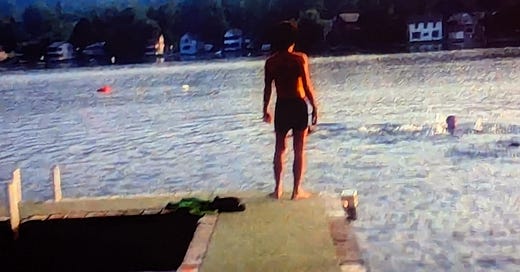



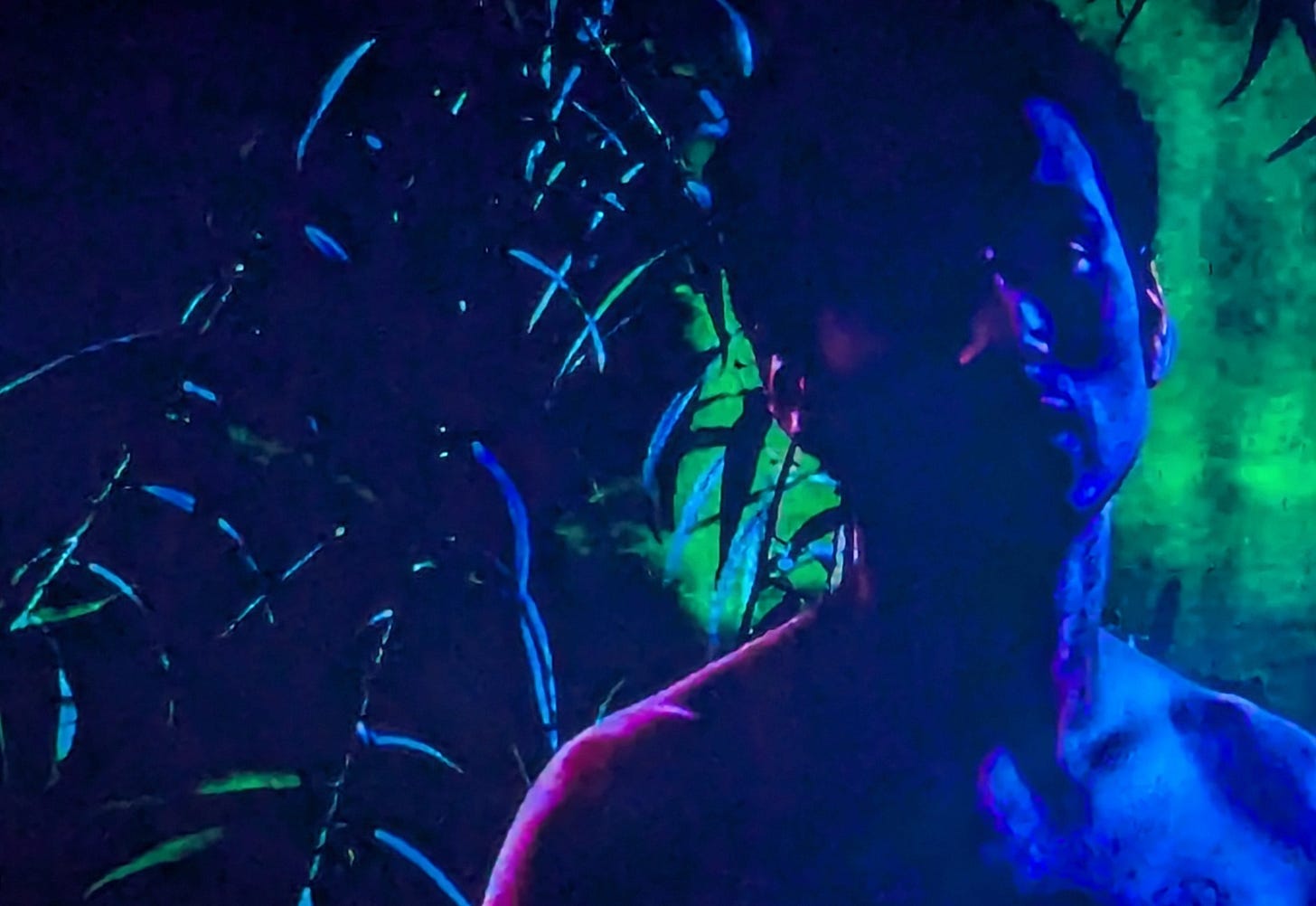
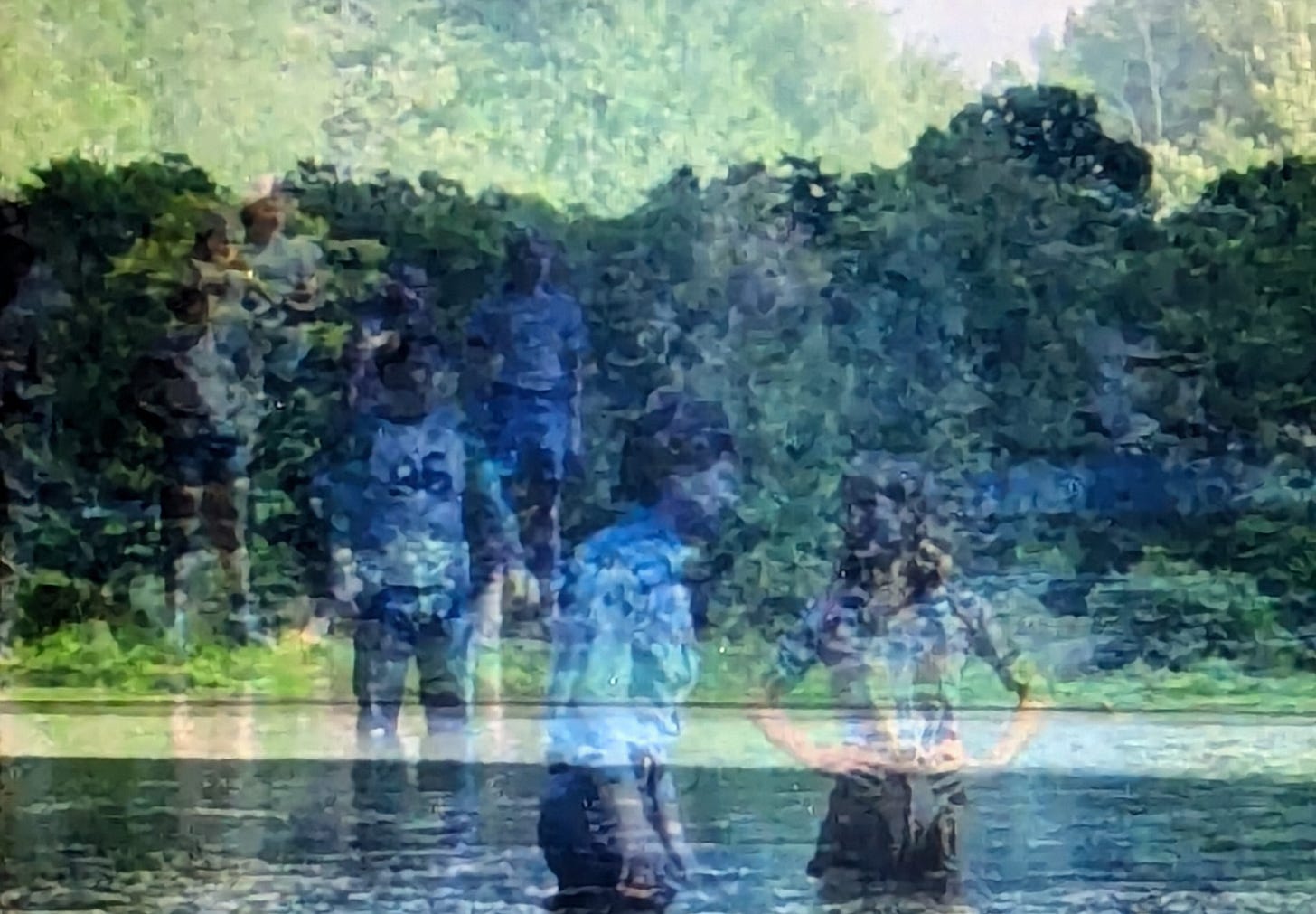
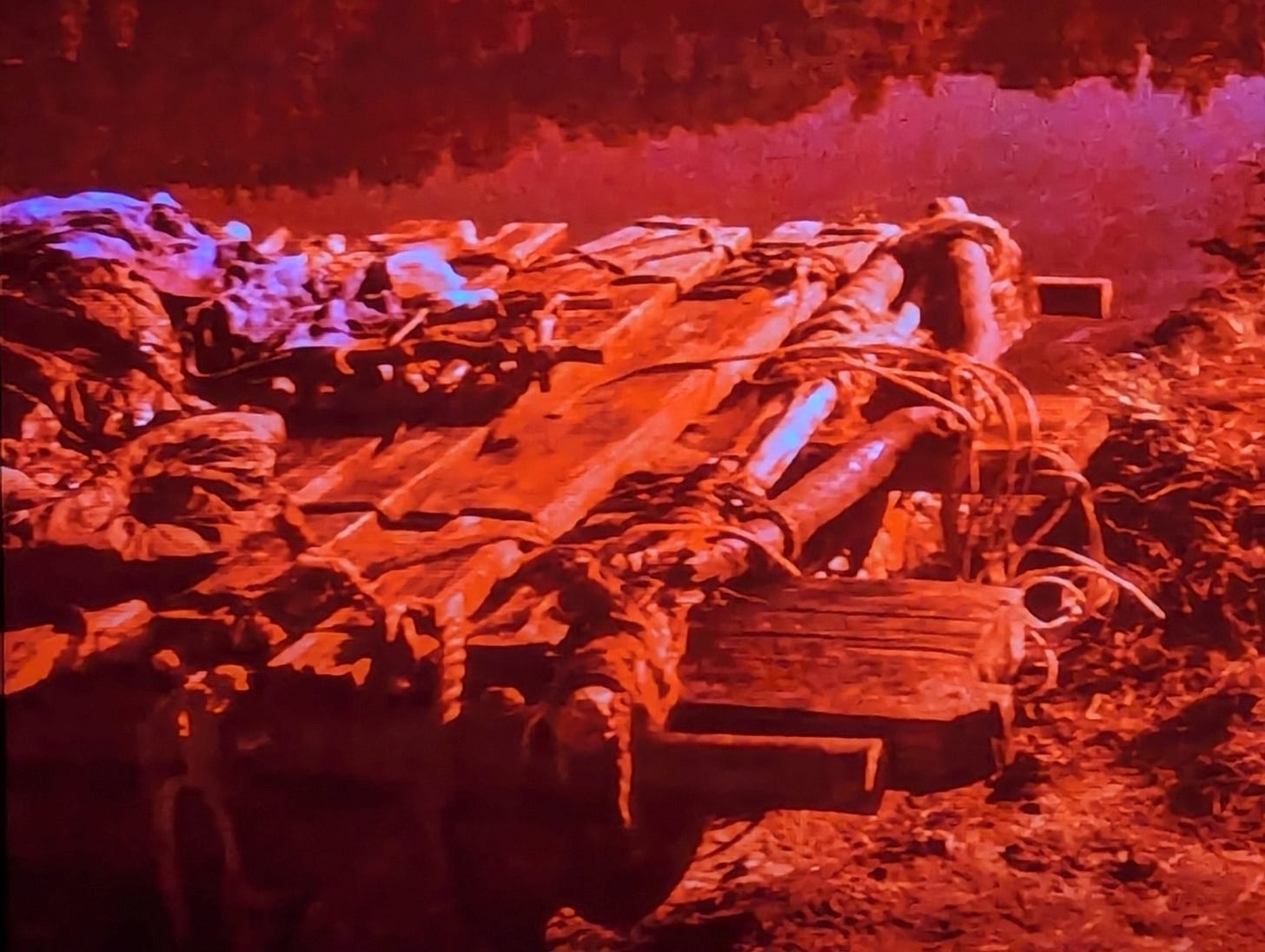
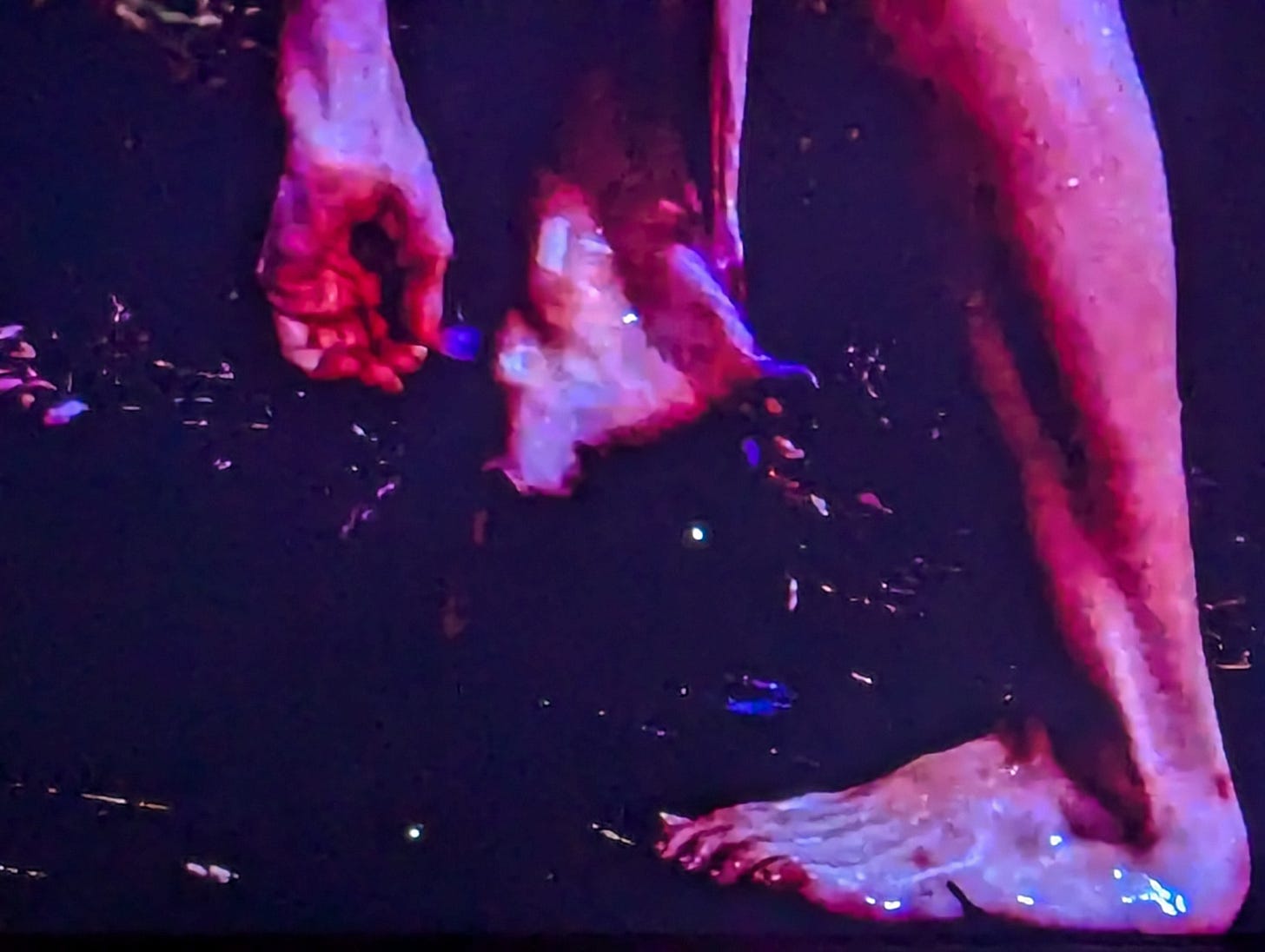
Agreed. I went into this wondering, what is it a masked killer does in the woods? Does he do what we do?
Turns out, he just gets his steps in?
Fromtheyardtothearthouse.substack.com